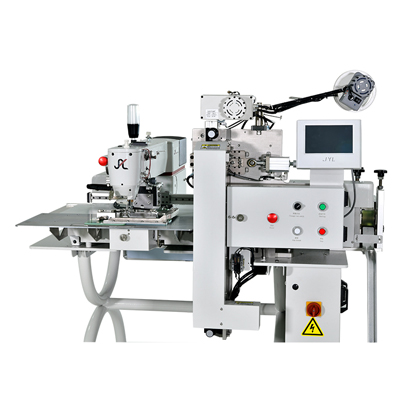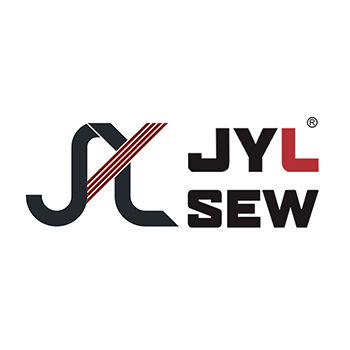An Automatic Sewing Machine achieves automation through a combination of innovative mechanisms and advanced technologies that reduce or eliminate the need for manual intervention during the sewing process. This enables the machine to perform a range of stitching tasks with minimal human control, resulting in increased efficiency, precision, and productivity.

Advanced Control Systems:
automatic sewing machines are equipped with sophisticated control systems, often incorporating microprocessors or programmable logic controllers (PLCs). These systems allow operators to input stitching parameters, such as stitch type, length, and speed, through user-friendly interfaces. The control system processes this information and orchestrates the machine's operations accordingly.
Sensor Technology:
Modern Automatic Sewing Machines utilize various sensors to monitor and adjust stitching processes. Optical sensors, for instance, can detect fabric edges and ensure accurate seam alignment. Tension sensors maintain optimal thread tension throughout the sewing process, preventing thread breakage or loose stitches.
Motorized Components:
Automatic sewing machines feature motorized components that drive the machine's actions. These include automated thread trimmers, which cut thread tails at the end of stitching, and automatic presser foot lifters, which raise and lower the presser foot as needed. These motorized functions streamline workflow by reducing manual tasks.
Feed Mechanisms:
Incorporated feed mechanisms ensure consistent and precise fabric movement. For instance, some automatic sewing machines use computer-controlled feed dogs or walking feet to guide fabric layers uniformly, preventing uneven stitching.
Pattern Recognition:
Advanced automatic sewing machines employ pattern recognition technology. Optical or camera-based systems can recognize patterns, marks, or labels on the fabric, enabling the machine to execute stitching based on pre-programmed designs or to follow specific lines accurately.
Automated Thread Handling:
Automatic sewing machines may include features like automatic threading and bobbin winding, reducing setup time and minimizing the need for manual thread handling.
Stitch Programming:
Many automatic sewing machines offer programmable stitch sequences, allowing operators to create intricate designs or patterns. These sequences can be saved and reused, ensuring consistency in batch production.
In conclusion, the automation of an automatic sewing machine is achieved through the integration of advanced control systems, sensor technology, motorized components, and innovative stitching mechanisms. These features collectively enable the machine to execute stitching tasks with precision, consistency, and minimal human intervention. As technology continues to advance, the capabilities of automatic sewing machines are expected to further expand, revolutionizing the textile and garment industries.




